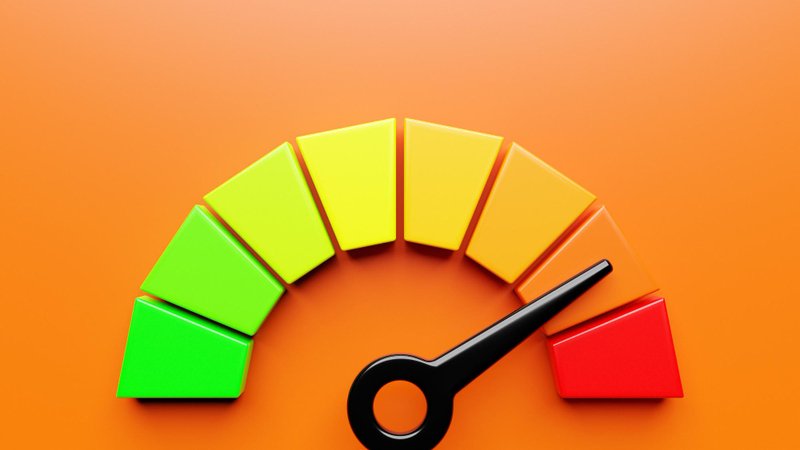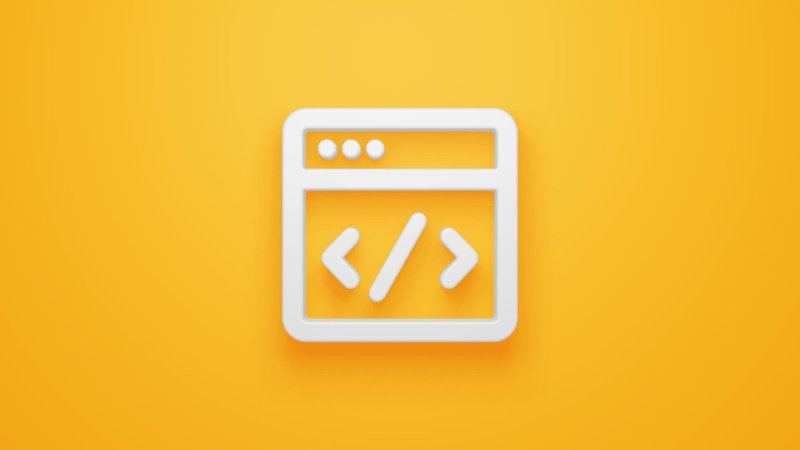1. Understand the Problem Thoroughly:
Requirements Analysis
Before writing a single line of code, ensure you have a clear and complete understanding of the problem you're trying to solve. Clarify ambiguities and ask questions.
Planning and Design
Think about the overall structure of your solution. Consider different approaches, data structures, and algorithms. Sketch out a high-level design before diving into the details.

2. Write Clean and Readable Code:
Meaningful Naming
Choose descriptive names for variables, functions, classes, and files that clearly indicate their purpose.
Consistent Formatting
Follow established style guides (e.g., PEP 8 for Python, Google Style Guide for various languages). Consistent indentation, spacing, and line breaks significantly improve readability.
Comments
Use comments strategically to explain complex logic, the "why" behind certain decisions, and the purpose of non-obvious code sections. Avoid over-commenting obvious code.
Keep Functions and Methods Short and Focused
Each function or method should have a single, well-defined responsibility. This makes code easier to understand, test, and reuse.
Avoid Magic Numbers
Use named constants instead of hardcoded values to improve readability and maintainability.
Follow the Principle of Least Astonishment
Write code that behaves in a way that is intuitive and predictable to other developers (and your future self).

3. Focus on Maintainability:
Modularity
Break down your code into reusable components (functions, classes, modules). This makes it easier to modify, debug, and test individual parts of the system.
Avoid Code Duplication (DRY - Don't Repeat Yourself): Extract common logic into reusable functions or classes. Duplicated code is harder to maintain and more prone to errors.
Write Tests
Implement unit tests, integration tests, and end-to-end tests to verify the correctness of your code and ensure that changes don't introduce regressions.
Version Control (e.g., Git)
Use a version control system to track changes, collaborate effectively, and easily revert to previous versions if needed.
Consider Future Changes
Design your code with potential future modifications in mind. Use flexible structures and avoid tightly coupled components.

4. Write Efficient Code:
Choose Appropriate Data Structures and Algorithms
Select data structures and algorithms that are well-suited for the task at hand, considering factors like time and space complexity.
Optimize Carefully
Don't prematurely optimize code. Focus on writing clear and correct code first. Identify performance bottlenecks through profiling and optimize only where necessary.
Be Mindful of Resource Usage
Consider memory usage, network requests, and other resource consumption, especially in performance-critical applications.

5. Write Reliable and Robust Code:
Error Handling
Implement proper error handling mechanisms (e.g., try-except blocks) to gracefully handle unexpected situations and prevent crashes.
Input Validation
Validate user input and external data to prevent errors and security vulnerabilities.
Defensive Programming
Write code that anticipates potential problems and includes checks to prevent them.
Logging
Implement logging to track the execution of your application, diagnose issues, and monitor performance.

6. Embrace Best Practices and Patterns:
Follow Design Principles (e.g., SOLID)
Understand and apply established design principles to create more maintainable and flexible code.
Utilize Design Patterns
Learn and apply common design patterns to solve recurring problems in a well-established and understandable way.
Stay Updated
Keep learning about new language features, libraries, frameworks, and best practices in your chosen programming languages and domains.

7. Practice and Seek Feedback:
Write Code Regularly
The more you code, the better you'll become. Practice different types of problems and projects.
Code Reviews
Participate in code reviews and ask experienced developers to review your code. This is a valuable way to learn and identify areas for improvement.
Learn from Others
Study well-written code from open-source projects and experienced developers.

In summary, coding effectively is a continuous learning process that involves a combination of technical skills, thoughtful design, and a commitment to writing clean, maintainable, and reliable code. By focusing on understanding the problem, writing readable code, prioritizing maintainability, considering efficiency, ensuring reliability, embracing best practices, and actively seeking feedback, you can significantly improve your coding effectiveness.

